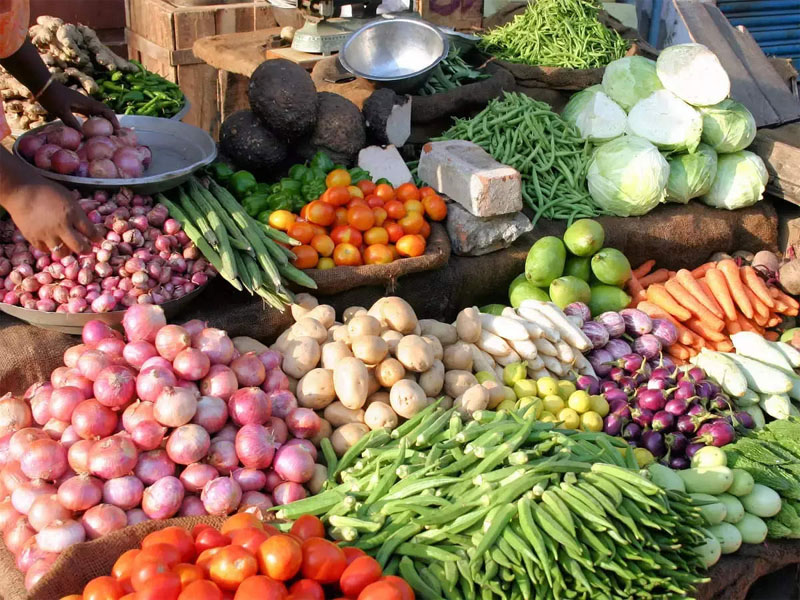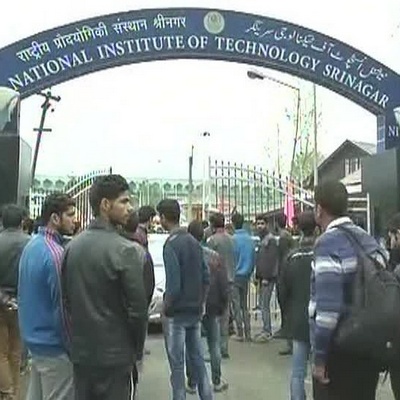Kashmiris Choked by Cost: Vegetable Prices Skyrocket
By: Javid Amin
The once verdant landscapes of Kashmir, renowned for their bountiful produce, are now casting a long shadow over the lives of its people. A relentless surge in vegetable prices has transformed the humble kitchen garden into a battleground for survival. With each passing day, the cost of putting food on the table escalates, leaving families grappling with unprecedented financial strain. This article delves deep into the heart of this crisis, examining its causes, impacts, and the desperate pleas of a population caught in its vise-like grip.
A Green Inferno
The Kashmir Valley, historically a breadbasket, is experiencing a surreal transformation. The once affordable staples that formed the bedrock of Kashmiri cuisine – from the humble potato to the aromatic saag – have morphed into luxury items. The price hikes are nothing short of astronomical. A kilogram of potatoes, once a dietary mainstay, now commands a price that would have been unthinkable a few months ago. Tomatoes, the quintessential ingredient in countless dishes, have become a rare commodity, their scarlet hue a stark contrast to the crimson faces of those who can barely afford them.
The impact on the average Kashmiri household is devastating. For many, the choice has become stark: to eat or to survive. Families are forced to make agonizing decisions, cutting back on essentials to accommodate the spiraling cost of food. Children, the most vulnerable in this crisis, are bearing the brunt. Malnutrition is looming as a specter, threatening to reverse years of progress in healthcare.
The Perfect Storm
A confluence of factors has contributed to this perfect storm. The deregulation of the market, while intended to stimulate competition, has instead unleashed a wave of profiteering. Unscrupulous traders, sensing an opportunity, have seized the moment to inflate prices beyond all reason. The absence of effective price control mechanisms has created a void, allowing market forces to run amok.
Moreover, the region’s unique geographical challenges have exacerbated the situation. Kashmir’s rugged terrain makes transportation of goods difficult and costly. The infrastructure bottlenecks, coupled with the vagaries of weather, have disrupted supply chains, leading to shortages and price spikes.
Voices from the Ground
To understand the depth of this crisis, it is essential to listen to the voices of those who are experiencing it firsthand. Muhammad Ibrahim, a resident of Soura, encapsulates the bewilderment and anger felt by countless Kashmiris. “It’s as if we’re living in a different world,” he laments. “The prices are changing faster than we can adapt. It’s a nightmare.”
The disparity between wholesale and retail prices is another sore point. While wholesale markets offer some respite, the burden is disproportionately borne by consumers at the retail level. This stark contrast highlights the systemic issues plaguing the market.
Traders’ Perspective
It is crucial to acknowledge the challenges faced by traders as well. The rising costs of transportation, storage, and labor have undoubtedly squeezed their profit margins. Ghulam Hassan, a vegetable trader, defends the price hikes, arguing that they are merely passing on the increased costs to consumers. While this perspective is understandable, it does little to alleviate the suffering of those struggling to make ends meet.
Data on Price Trends
A Call for Action
The government cannot remain indifferent to the plight of its citizens. The deregulation experiment has clearly failed, leaving consumers at the mercy of unscrupulous traders. It is imperative to reintroduce price control mechanisms to prevent unchecked profiteering. Regular market inspections are essential to ensure transparency and accountability.
Furthermore, the government must invest in improving infrastructure to facilitate the smooth flow of goods. This includes upgrading roads, building efficient cold storage facilities, and strengthening the transportation network.
Consumer Empowerment
While the onus of addressing this crisis primarily lies with the government, consumers also have a role to play. Building awareness about consumer rights and encouraging collective action can exert pressure on traders and policymakers. Consumers can also explore alternatives, such as community-supported agriculture or urban gardening, to reduce their dependence on the market.
Conclusion
The soaring vegetable prices in Kashmir are a stark reminder of the vulnerabilities inherent in our food systems. This crisis demands a comprehensive response that addresses both the immediate needs of consumers and the long-term structural challenges. By working together, the government, traders, and consumers can create a more equitable and sustainable food system for all.


